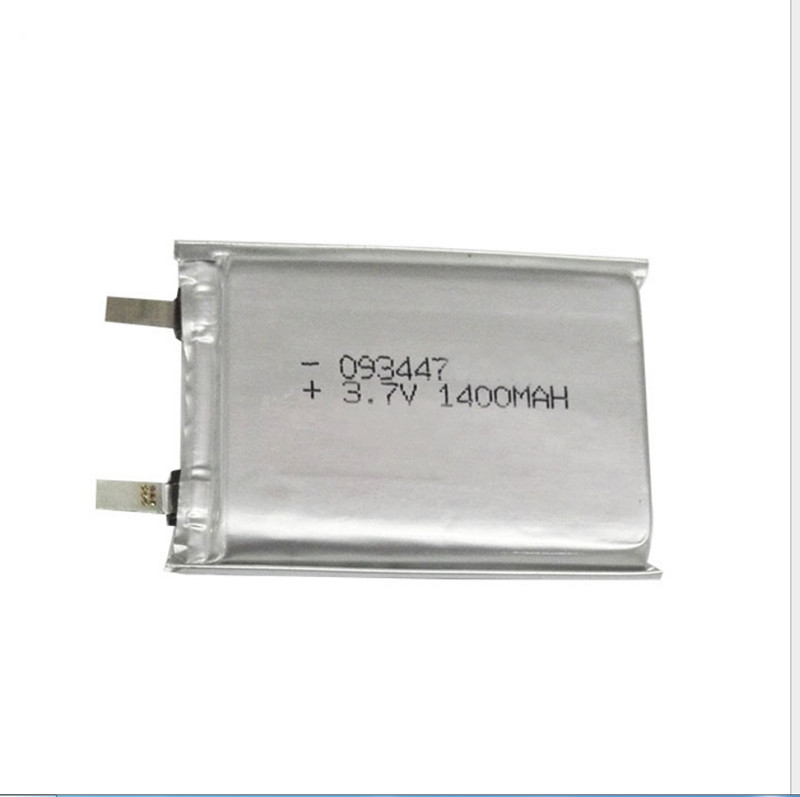Lithium polymer batteries deliver numerous advantages. The choice between their benefits and potential risks lies solely with the user. For many, the benefits prevail. In reality, proper usage safeguards against any concerns regarding LiPo batteries. Below is an overview of key information concerning Lipo Battery Parameters, Selection, Maintenance, Safeguards, and Gens ace and Tattu Lipo battery services.
I. Introduction to Lipo Battery Parameters
II. Lipo Battery Selection Guide
III. Lipo Battery Maintenance Protocol
IV. Lipo Battery Charging Guidelines
V. Post-Purchase Support from Gens ace and Tattu
VI. Lipo Battery Safety Information
Introduction to Lipo Battery Parameters:
Visible on this battery are Battery Capacity, Battery Voltage, Cell Configuration, and Discharge Rate. Our guide sheds light on what these parameters mean individually. Discharge RatingCell Configuration, Battery Voltage, and Battery Capacity are vital considerations when purchasing a Lipo battery.
Expressions such as 3S2P indicate that one battery comprises four cells (4S), connected in series, with two cell groups in parallel – totaling six singular cells within the battery. Thus, the battery’s cell count dictates its voltage. While larger voltages equate to greater motor power, this doesn’t translate into an extended duration of operation, hence, governed by the battery capacity.
Each Lithium Polymer cell (LiPo) offers a nominal voltage of 3.7v, with 1 cell being equivalent to 1S or 3.7V. Hence, the aforementioned 14.8V battery stipulates four cells stacked, adding up the voltage proportionally. This explains references to ‘4S’ battery packs – denoting four cells in series (i.e., stacked vertically). Hence, a four-cell (4S) pack yielding 14.8V, would become a three-cell (3S) pack at 11.1V, etc.
3.7V battery = 1 cell x 3.7V= 1S battery
7.4V battery = 2 cells x 3.7V= 2S battery
11.1V battery = 3 cells x 3.7V= 3S battery
14.8V battery = 4 cells x 3.7V= 4S battery
18.5V battery = 5 cells x 3.7V= 5S battery
22.2 V battery = 6 cells x 3.7V= 6S battery
29.6 V battery = 8 cells x 3.7V= 8S battery
37.0V battery = 10 cells x 3.7V= 10S battery
44.4V battery = 12 cells x 3.7V= 12S battery
The battery pack voltage significantly influences a vehicle’s speed. It proportionally boosts the motor’s RPM (brushless motors are rated in kV, meaning ‘RPM per Volt’). For example, a brushless motor with 3,500kV will run at 3,500 RPM per volt applied. On a 2S LI Po battery, this motor operates at approximately 25,900 RPM; on a 3S, it accelerates to an impressive 38,850 RPM. Hence, a higher voltage equals a greater speed potential.
While choosing a lipo battery, imperative knowledge include your RC model’s motor type, its relationship with voltage, and voltage’s bearing on engine power (P). This equation succinctly conveys this relationship:
P = U x I
where “P” stands for power, “U” denotes voltage, and “I” signifies current. A higher voltage results in increased motor power (P), subsequently influencing motor RPM (speed). Consequently, certain racing scenarios necessitate high-voltage batteries to accommodate high-speed requirements.
Battery Capacity
The figure illustrations ‘1300mAh’ indicate the battery’s capacity, measured in milliamp hours (mAh). Reflecting the power storage capabilities of the battery, ‘1300mAh’ represents the amount of energy the battery can deliver during a single hour’s usage. This value can also be converted into amperes (A):
1300mAh ≈ 1.3 Ah
Capacity is often linked to flight duration between charges, offering extended flying times with broader capacities. However, an increase in capacity typically comes with an increase in weight, reducing overall efficiency. Speed levels vary, impacting power consumption during flights. Higher speeds necessitate greater power output, consequently driving faster loss of power.
Discharge Rating
Discharge Rate, aka the “C” rating, represents the safe discharging rate of a battery. Within the realm of RC LiPo batteries, ‘C’ stands for the discharging rate – a battery rated at 95C can be safely discharged up to nine times the battery’s capacity, while a 10C battery can handle 10x, and 20C can handle 20x. Continuing our example, you can drain a 1300mAh battery up to 95 times over:
95C = 95 x Capacity (in Amps ) = 95 x 1300mAh = 123500mAh = 123.5Ah
At a discharge rate of 2600mAh, the 1300mAh battery could theoretically be depleted in half an hour. At a drawrate of 123.5Ah, the same battery might endure almost 0.63 minutes of use.
High discharge rates are often prioritized in races, especially in FPV racing where rapid speed and victory are essential. On the flip side, increased “C” ratings can add weight, potentially affecting performance while also leading to an uptick in price compared to lower-rated batteries.
Understanding the Lipo Battery Selection Process
Our Lipo batteries serve multiple RC hobby applications including RC cars, drones/UAVs, aircraft/helicopters, and FPV racing. For optimal flight or operational time and performance, knowledge on selecting the ideal Lipo battery is key.
While component correlations apply to all, the battery selection process largely hinges upon the specifics of your drone or car model, motor type, and count. This guide provides insight into ensuring compatibility before purchase. Additionally, a battery finder tool aids in identifying suitable replacements.
Selecting an appropriate battery size
Optimal flight or operation times require usage of the largest available battery capacity (with adherence to your drone’s maximum takeoff weight). Also, consider battery dimensions as they determine its compatibility.
Evaluating Battery Discharge Rate and Capacity
The key yet frequently ignored aspect is ensuring your drone or vehicle uses a suitable discharge C rating. An excessive C rating can lead to damage due to excess weight, thereby diminishing running duration. Conversely, lower than optimal discharging rates may cause insufficient emission of current required for adequate motor function.
Determining Max Continuous Current Output for your Battery
Estimation of total drone system current draw can be determined via this formula: Max continuous Amp draw (A) = Battery capacity (Ah) x Discharge rate (C). For instance, a 5100mAh 3 cell Lipo battery rated 10C produces a max continuous draw of (5.1 x 10) = 51A.
Choosing Optimum C Rating
Equipping your drone typically occurs post selection of components like motors and ESCs, hence knowledge about those. Motors predominantly consume battery energy; hence our calculations center around these.
Battery C rating varies with capacity
There’s no universal C rating; instead, maximum current output relies on capacity and C rating. Generally, smaller battery capacities necessitate higher C ratings such as those typically seen in multi-rotor batteries ranging between 10-15C.
Deciding upon the necessary battery capacity
Given the required current draw, calculate your capacity and C rating. Aim for the highest capacity battery compatible with maintaining a total weight between 50-70% of the maximum motor thrust. Using our quadcopter example – 500g/motor equates to 2kg total thrust. Adding frame, electronics, and motors, we reach 1.2 kg, leaving approximately 800-1000 g for the battery. Thus, prioritize finding the highest capacity LiPo that weighs below this threshold.
Understanding Battery Voltage
Cell count or battery voltage is essential. However, there’s no definitive guidance regarding battery voltage. Optimum voltage can be determined by examining motor thrust data tables against their efficiencies. Typically, increased cell count lipos provide greater efficiency, though additional weight and battery costs offset some benefits. Hence, contingent upon the number of motors used, select the option that suits your current configuration.
Ensure your motors/ESCs and electronics can handle the battery’s voltage. Certain motors might require specific lipo cell counts or voltage ranges simplifying this selection.
Battery connectors
Soldering battery connections could pose a problem. Opt for a commonly used connector such as Deans/Tplug, XT60 or EC3 for easy battery replacement for repeated drone usage.
Batteries quantity
There aren’t significant differences from using one to multiple batteries. However, multiple batteries provide extra safety through redundancy and the capability to replace individual aged batteries. Charging speed can improve with dual chargers due to simultaneous charging; however, mounting and wiring two batteries could prove complicated while a double purchase may cost more. Ultimately, the selection depends on the drone model and personal preferences.





